DevOps is more than just a technical process; it represents a transformative cultural shift. While we passionately embrace the speed it brings, a fundamental question often keeps us awake at night: “Is it possible to achieve velocity without compromising compliance?” Well, here’s the spoiler: the answer is a resounding “Yes.” Join us on a captivating journey through the intricacies of harmonizing speed and compliance and discover the power of balance in driving organizational success.
How Software Pipelines Can Be Both Swift and Compliant
The pull between rapid software delivery and the meticulousness of compliance often feels like being caught between a rock and a hard place. Yet, this does not have to be a binary choice. With the modern tools and methodologies at our disposal, organizations can adeptly navigate the turbulent waters of swift deployment and stringent compliance.
At first glance, the agile nature of DevOps and stringent compliance requirements seem contradictory. Speed often equates to fewer roadblocks and red tape, while compliance, by its very nature, implies careful examination, documentation, and checks. However, as the DevOps culture matures, it’s increasingly evident that speed and compliance can coexist harmoniously. Integrating compliance checks into automated pipelines, for instance, is a paradigm shift that allows real-time compliance validation without sacrificing deployment speed.
Furthermore, a deep understanding of both realms can actually drive better software development practices. By embracing compliance requirements from the outset, developers can write cleaner, more secure code. Meanwhile, automated tools ensure that this code is consistently checked and validated at every stage, ensuring a seamless marriage between rapid deployment and rigorous compliance.
In this digital transformation era, it’s essential to debunk the myth that you can’t have speed and compliance simultaneously. The truth is, not only can you have both, but together, they can elevate the quality, security, and efficiency of your software delivery processes.
The Landscape of Compliance Risks in Software Delivery
Every stage of the software delivery pipeline, from code commit to deployment, carries unique compliance risks. Recognizing these risks ensures that they’re not mere afterthoughts but integrated components of our DevOps practices.
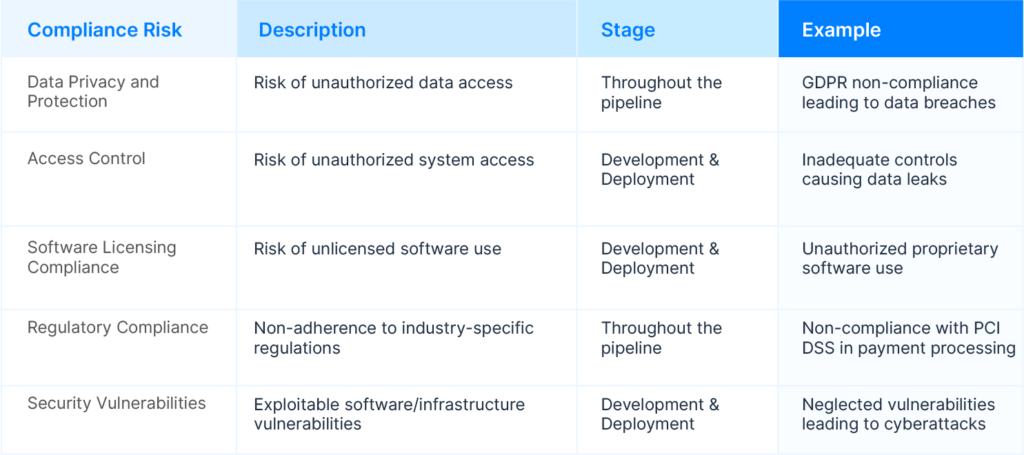
As we push software through the pipeline, compliance risks aren’t static; they evolve. For instance, the GDPR requires firms handling EU citizens’ personal data to uphold stringent compliance measures throughout their software delivery, risking heavy fines for lapses.
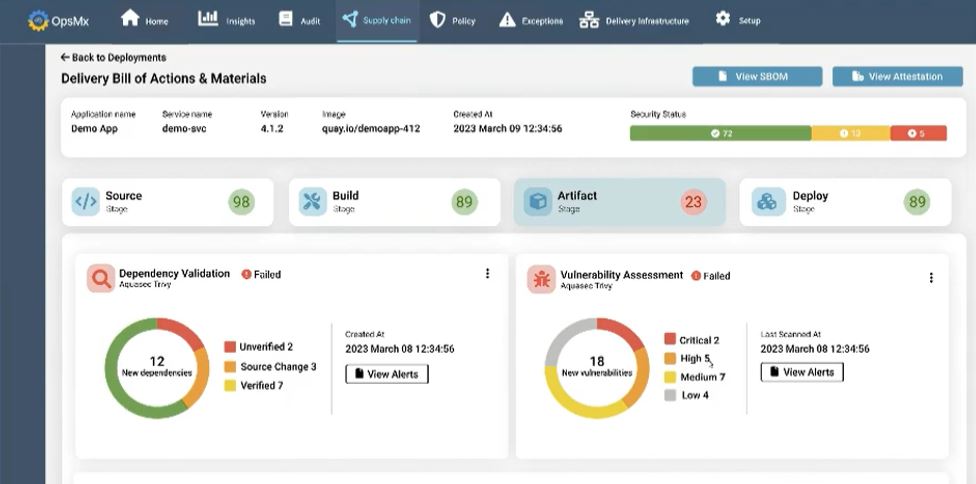
The Need for Automated Compliance Checks
Lean principles tell us to eliminate waste. In the context of compliance, manual checks are time-consuming, error-prone, and unsustainable at scale. Enter automated compliance solutions.
The advantages of automation are multifold:
- Reduction of Human Error: Automation brings consistency, eliminating oversights inherent in manual checks.
- Adaptability: As compliance landscapes shift, automated systems adjust in real time, ensuring our processes are always up-to-date.

By embracing a Secure Software Delivery Solution (SSD), we integrate compliance checks with our DevOps toolchain, weaving compliance into our organizational fabric.
Advantages and Benefits of Ensuring Compliance Throughout the Pipeline
With automation, DevOps doesn’t just get faster; it gets smarter. The benefits include:
- Proactive Risk Mitigation: By detecting non-compliance early, we drastically reduce potential repercussions.
- Standardization and Consistency: Uniform implementation of compliance checks removes the variability of human intervention.
- Avoidance of Penalties: Steer clear of regulatory pitfalls by consistently maintaining adherence.
- Streamlined Audits and Reporting: Simplify the daunting audit process with on-demand, automated reporting.
- Risk Mitigation in Vendor Management: Beyond internal processes, ensuring vendor compliance safeguards against external threats.
Best Practices for Ensuring Compliance Throughout the Pipeline
Let’s not just automate; let’s do it right.
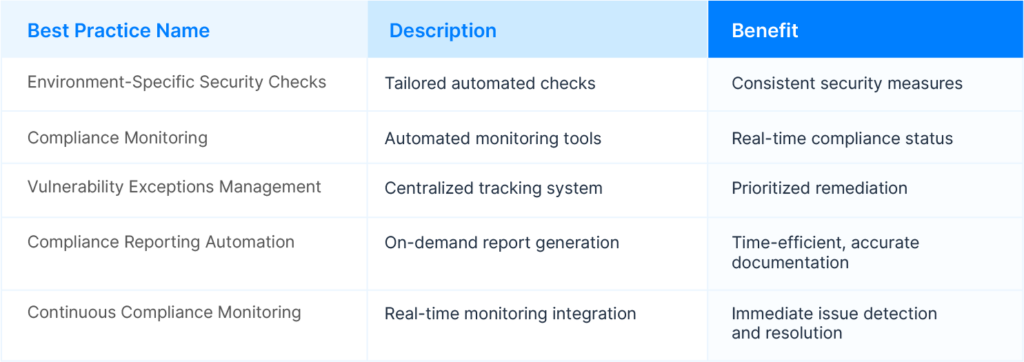
These practices are more than checkboxes on a compliance form. Implemented thoughtfully, they shape a secure, compliant, and efficient software delivery environment.
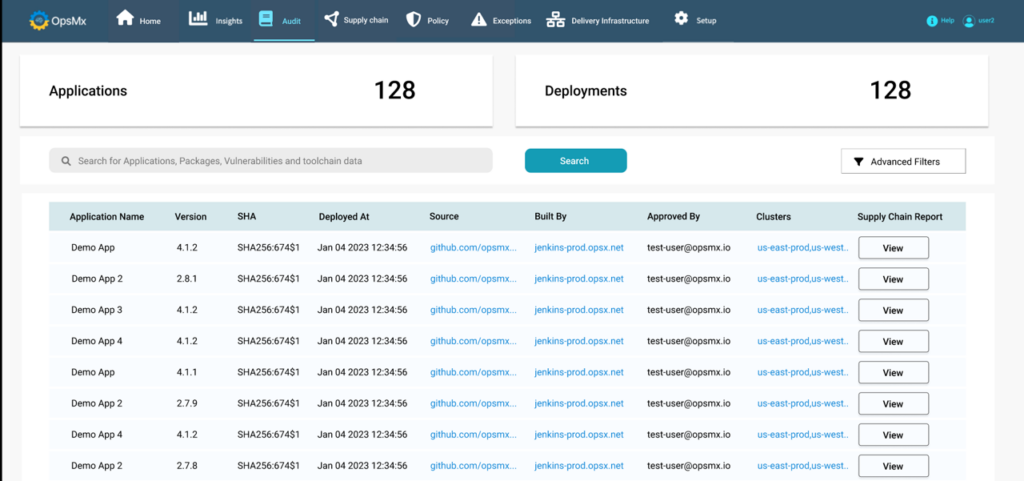
Conclusion
If you think compliance slows you down, you’re doing it wrong. In the DevOps world, speed and compliance aren’t enemies; they’re two sides of the same coin. By leveraging automation and embracing best practices, we ensure this coin pays dividends in secure, fast, and compliant software deliveries.
In the words of Deming, “Quality is everyone’s responsibility.” And in DevOps, so is compliance. Let’s wear it as a badge of honor, not a shackle.
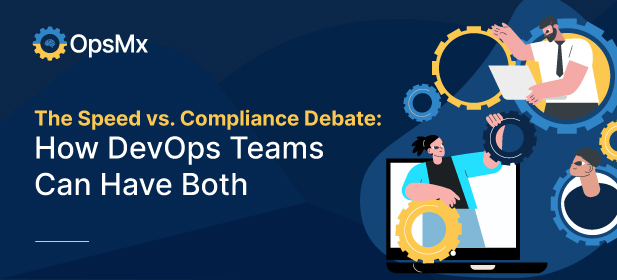
0 Comments